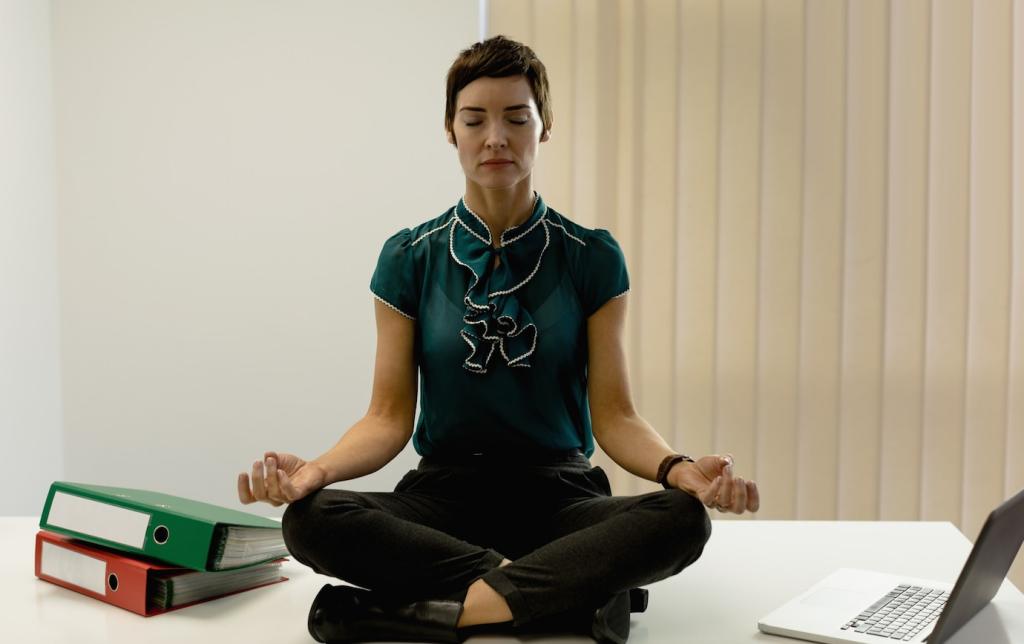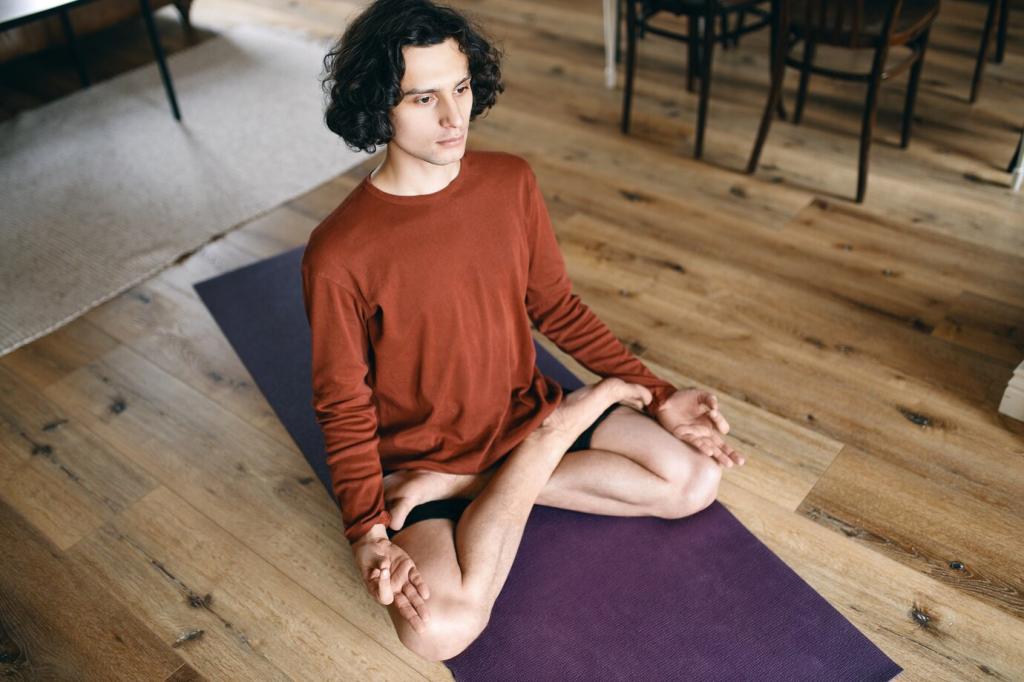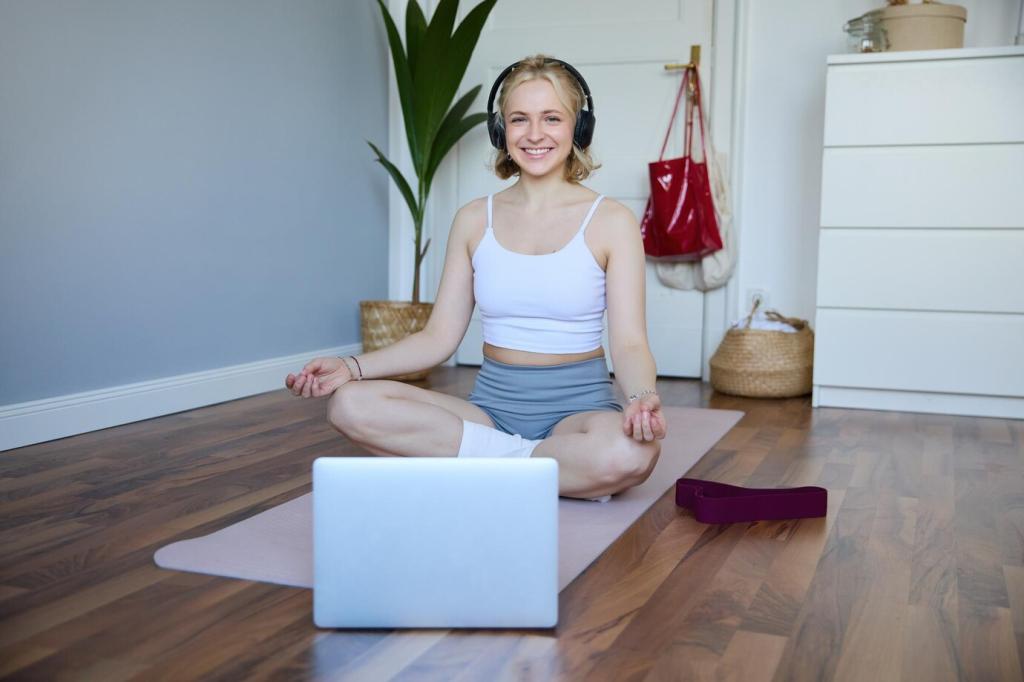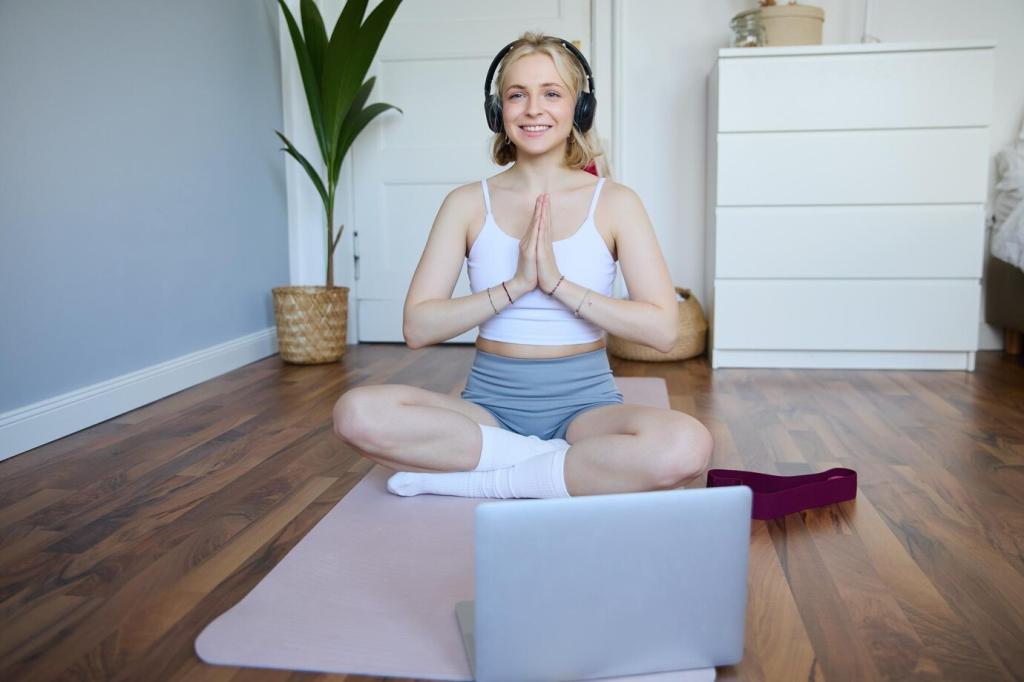Introductory Meditation: Finding Your Peace
Chosen theme: Introductory Meditation: Finding Your Peace. Begin your calm journey with simple, human moments of attention, breath, and kindness. Explore approachable practices, real stories, and science-backed guidance that help you feel grounded today. Share your first impressions in the comments and subscribe for weekly mindfulness prompts.

What Introductory Meditation Really Means
When you focus on an easy, natural breath, you give your mind a reliable place to return. Thoughts will wander, and that is fine; simply notice and return kindly. Share which breathing count felt most comfortable, and join our newsletter for weekly practice ideas.

Setting Up Your Peaceful Space
Choose a spot with fewer interruptions and a cue that whispers peace: a candle, small stone, or favorite quote. Keep your phone on airplane mode nearby for a timer only. Share your chosen cue in the comments to inspire others starting today.
Setting Up Your Peaceful Space
Tiny rituals help transitions: wash hands, sip warm tea, or ring a soft bell before sitting. These signals teach your brain it is time to settle. Tell us your opening ritual, and subscribe for gentle audio cues we publish every Sunday morning.


Science-Backed Benefits for Beginners

Slow, steady breathing can influence the vagus nerve, nudging your body from fight-or-flight toward rest-and-digest. Many beginners report softer shoulders within minutes. Share what shifted physically for you, and join our list for easy breath drills grounded in research.
Starter Practices You Can Try Today
Set a three-minute timer. Close your eyes or soften your gaze. Inhale for four counts, exhale for six. When thoughts wander, label them kindly as thinking and return. Share your experience in a sentence below to encourage the next newcomer.




Common Obstacles and Compassionate Solutions
You do not need an empty mind to meditate. Restlessness simply means energy is present; notice its texture and breathe. If sitting feels impossible, try standing meditation. Tell us which posture helped today, and follow for movement-friendly practices designed for fidgety moments.
Keep a small notebook nearby. If a thought repeats loudly, jot one sentence, close the notebook, and return to breath. You acknowledge without indulging. Share whether this helped you re-focus, and subscribe for a printable card of beginner-friendly thought labels.
Treat practice like learning an instrument—clumsy, honest, improving. Swap scores for curiosity: what does this inhale feel like right now? Perfection relaxes when curiosity grows. Comment one tiny win from today, and follow for weekly reflection prompts that celebrate imperfect progress.
Bringing Peace into Everyday Moments
Before switching tasks, take one breath, relax your jaw, and name your next intention in seven words or fewer. This tiny ritual prevents mental smearing. Share your favorite transition cue below and help our community collect simple, portable techniques that genuinely fit busy days.

